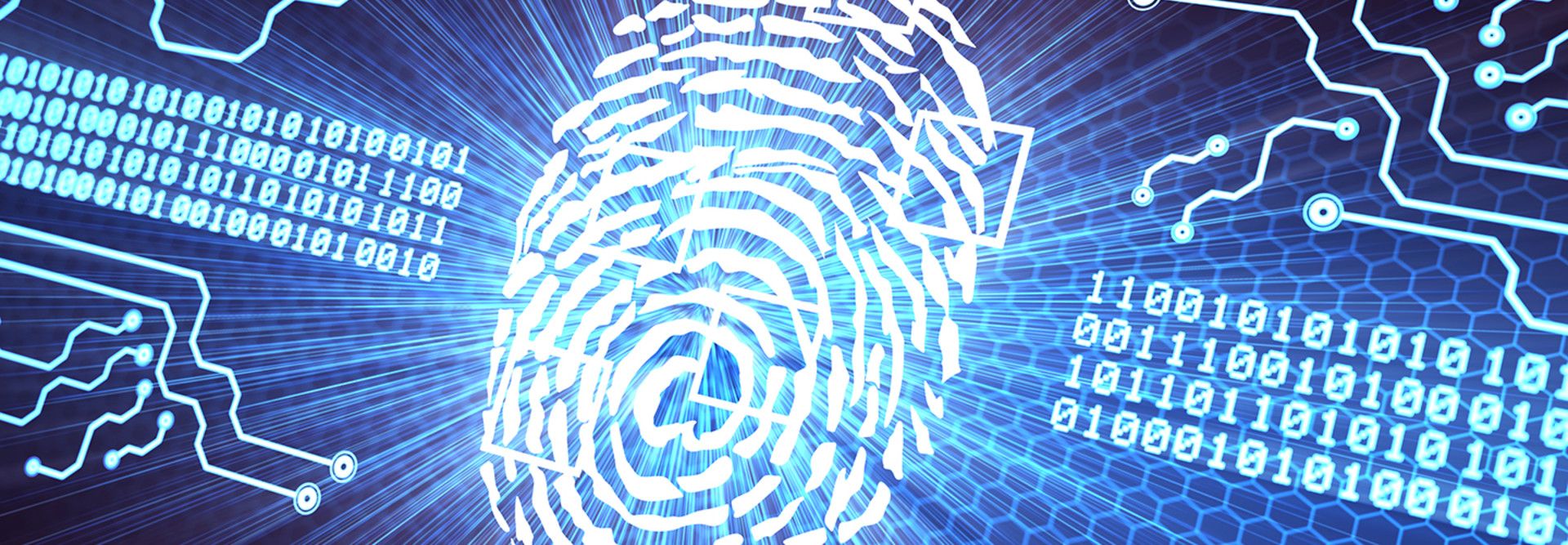Are Biometrics in K–12 Schools Really Necessary?
More companies are turning to biometric authentication instead of passwords and keys because of its higher security and ease of entry.
Biometrics measure unique traits of an individual, such as a fingerprint, retina or facial features, to identify someone. Most smartphone users have already seen the advantages of biometric readers, using fingerprints instead of typing in passwords that can be forgotten, lost or stolen.
While the benefits are many, there is much debate on whether or not the technology is needed in schools.
SIGN UP: Get more news from the EdTech newsletter in your inbox every two weeks!
Biometrics in Schools Could Streamline Security
The main reason a school would implement biometrics is to save time and make some transitional parts of the day a bit easier.
It could come in handy at lunchtime, especially with students who have special diets or receive free lunch. As each student scans their fingerprint, servers would immediately know their situation without any confusion.
Biometrics would also be great for keeping track of library checkouts and students who take the bus, making sure they are picked up and dropped off at the right locations.
And of course, taking attendance could be much easier with a simple scan rather than a roll call at the beginning of each class, adding just a bit more time to lessons and also making admin work easier for teachers.
The Downside of Collecting Biometric Data
While using fingerprints instead of student ID cards — which also can be lost, misplaced or stolen — is more efficient and secure, it could be problematic because there are ways to acquire biometric data without using the actual physical body part.
A student’s scan is translated to a numerical abstraction that is drawn from the features of the scanned body part to create a unique code for each student. This information is destroyed when a student leaves the school so that they are protected. But, we know that data breaches happen to even the most sophisticated of systems, and if a hacker gets ahold of that code, then they’ve virtually stolen the fingerprint.
Because of this loophole, multifactor authentication is key for schools that decide to go biometric. Much like a credit card with a PIN, a biometric scan should be paired with a secret code that only the student knows in order to keep identities safe. Even so, if the biometric data is stolen, it is forever compromised.
Biometrics also can be used to collect data on student behavior, which causes some to fear that young people will grow up thinking it’s normal to be tracked.
This is why informed parental consent is absolutely necessary, something that hasn't always been taken into account. Parents and students need to be well informed about how it all works and the consequences of a breach, with the choice to opt out.
Biometrics may be a great time-saver in the short term, but when it comes with the risk of serious long-term consequences for our students, is it worth it?









